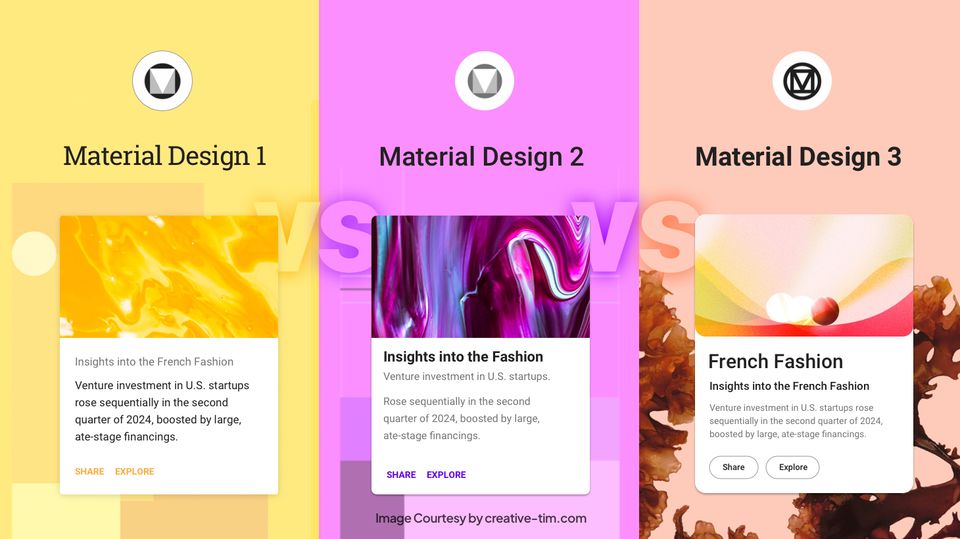User experience is all about making it easy for your consumers; combined with IoT (Internet of Things) UX gets a whole new meaning. Now, instead of drawing the consumers in, enterprises must give visitors the things they need to perform an action with ease.
The emergence and the full acceptance of Amazon Alexa have further paved ways for industries to try their luck with IoT aspect of providing a great user experience. Since UX design with IoT is still in its initial phases, and the fact that technology is ever-advancing, the coming years will experience trends that will continue to morph with the changing times.
Keeping this in mind, here are some of the IoT UX design trends that will continue to grow rapidly throughout the coming years.
- Enhancing experience without relying on the internet too much
IoT literally means the Internet of Things; so, what do we mean when we say that enterprises should provide a great experience even in the absence of the internet?
Providing a great experience should not be limited to the internet. In fact, enterprises should look for different means that could help them in maintaining a degree of experience without relying too much on the internet.
The need to make UX designs that cooperate without internet stems from the fact that not everyone will have internet connectivity everywhere. The ideal model here is to design first for no internet connectivity. Then, see how much of the functions can be performed without accessing the internet. Also, limit the internet only for advanced functionality. Through this way, the industries can create a great UX design without compelling users to attain internet access to unlock full functionality.
For instance, take the example of Ambient Umbrella which is equipped with a wireless data-radio chip that continually receives data from weather websites. It has an internet activated handle that turns blue whenever rain, storm or snow is in the forecast. This is great; however, what happens when no Wi-Fi connection is available?
- Integration of voice-activated services
Voice is dominating the search arena, heck it is even changing the way consumers shop online. But, does the increased dominance of voice-activated features means the death of touch abilities? Although the voice is the new means of interacting with devices, touch is not going anywhere any time soon.
When it comes to UX designs, it all comes down to making it easy for the consumers and sticking with just voice may not provide the degree of comfort designers are striving for. Since it is about improving the experience, designers or industries will look towards a perfect amalgamation of both voices and touch to deliver a comfortable experience. In simple terms, users will be enabled to access view whenever convenient and/or access touch whenever possible. For instance, in the setting of driving a car, using touch is not the safest option since the driver would need to take their eyes off the road. In such instances, the voice seems like a better option.
It all comes down to the preferences of the users and the surrounding environment. The users need to have access to both the touch and voice, and they should be given a choice to prefer one over the other whenever they want. Considering this, UX designers will work in collaboration with other enterprises to ensure ease of use at any given moment.
- IoT Devices that upgrade with time
The life cycle of IoT devices is an extended one. Nobody looks to replace their tools after every two years just like they do with their phones. Since they can be quite expensive, individuals try to extend their usage for a good five to ten years and let us not forget second-hand buyers who further extend the lifespan.
An IoT device with outdated software/hardware is good for nothing since the lack of support would make the consumers ditch the devices in place of something else. Even if the devices are perfectly serviceable, the lack of support will reduce them to junk. This is why it is necessary to provide the option to easily upgrade the IoT units without damaging the rest of the device.
This is where the UX design part comes into the picture. IoT appliances are slowly making their way into the consumers’ home, i.e., Smart Coffee Maker and June Oven. Apart from the Wi-Fi access, both of the IoT devices are software supported. If under any condition, the companies stop supporting the appliances, it will severely impact the user experience.
In such instances, the companies should let the users know how long they have till the support is cut off. Also, the said enterprises need to educate the consumers or provide them with the necessary tools so that they could hack the systems and handle the support themselves.
Considering turning the codes open-sourced will enable the consumers to ethically hack into their devices and upgrade them on their own.
- Unique multi-device experience is the way to go
With the UX designs, the focus is always on the users’ experience and not on the performance of the IoT devices. Since it is all about delivering a better experience, it does not matter whether the consumers use one or multiple devices to complete the journey of their task.
For instance, you may turn on security on the security panel attached into your home. However, you may change or reset the home security code from your phone while on your way to work. The incorporation of multiple devices does not impact the journey or process of the task. This is a multi-device experience which lets users complete the tasks with ease. The need to have diverse backgrounds will only grow in the future!
- Dark web patterns and ethics
Data breach, unethical use of information, and selling data to third parties, etc. all have presented the consumers and the designers with a challenge. The consumers want to enjoy services without worrying about their safety online, and on the other hand, the designers want to design a product/service that is safe from hackers.
Since all of this is about improving users’ experience, UX design researchers have conducted various studies to learn about the users’ behavior to serve them better. However, these studies also paved the way for the dark pattern in the UX. The shaded model is the deceptive use of design to trick or mislead the consumers into taking some action which they would not have considered otherwise.
As more and more of such issues are coming to light, many of the consumers are rooting for ethics to become more prominent in UX design. So, the coming years will focus on UX design and how specific patterns can be eliminated to limit the dark patterns for good.
The same goes for security against hackers as well. The lack of preventative measures and other security patches have enabled hackers to hack into IoT devices easily. Since the majority of the devices are within the consumers’ residence, this problem becomes a major headache. So, the coming years will have an increased focus on security from the outset.
Conclusion
Although UX designs slashed with IoT have opened doors for state-of-the-art designs; it also has paved ways for greedy professionals to take advantage of unsuspecting consumers. So, before going into the trends and thinking about what the future holds for this specific area, the industries must focus on protecting them as well as their consumers’ interest for the betterment. This is because if the enterprises do not care about their consumers, the users will not think twice before dropping them for good.
UX IoT designs are all about improving users’ experience and by calculating the current behavioral patterns of consumers; enterprises can shape their products/services to fit a better model of UX design.
If you still have not thought about UX designs from IoT perspective, we suggest you get to this task and hire affordable web design services to help you achieve it!







![15+ Top Black Friday & Cyber Monday Deals for Developers and Designers [2023]](/blog/content/images/size/w960/2021/11/black-friday-deals-developers-1.jpg)
